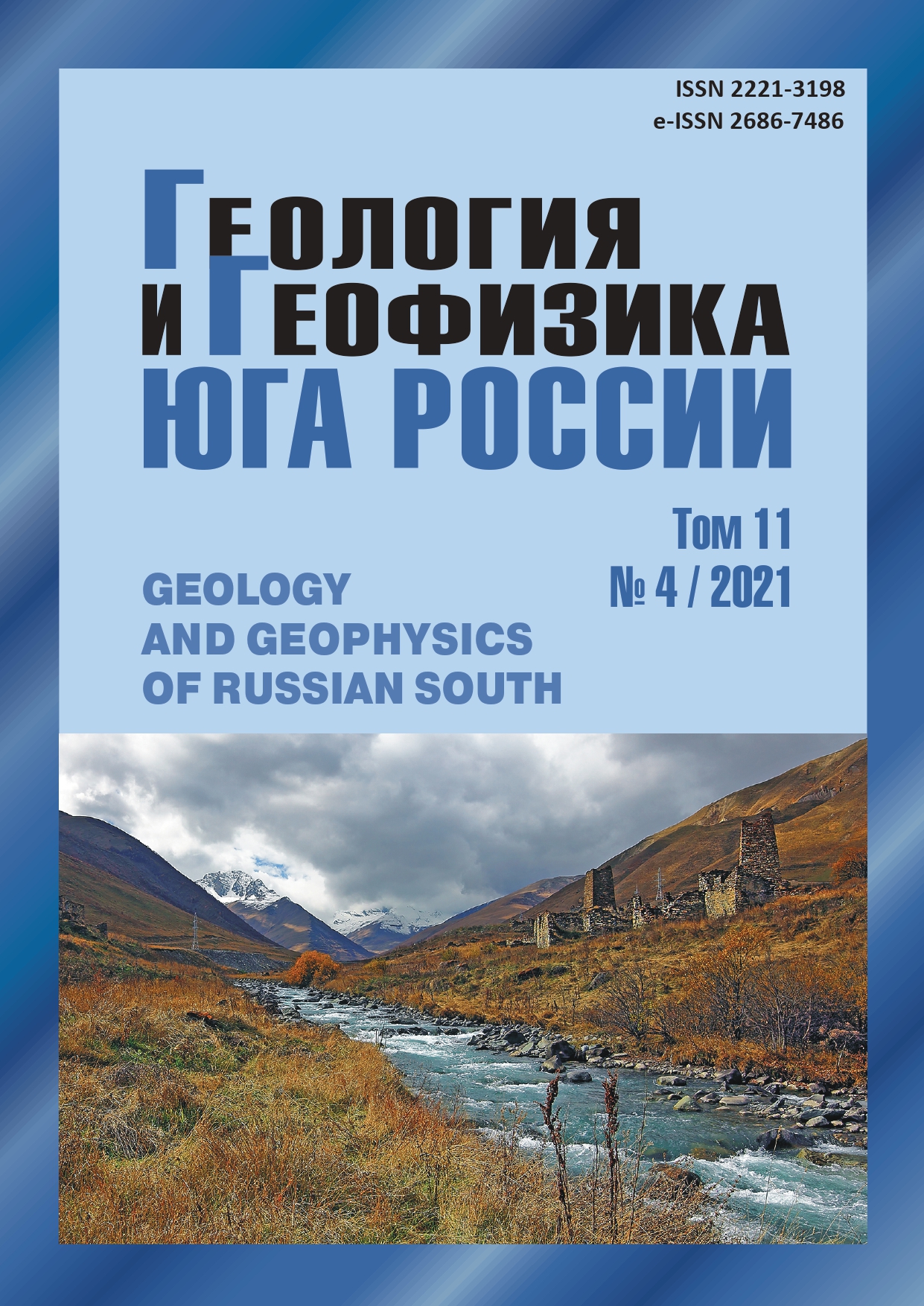Assessment of the Impact of Road Traffic on the Pollution of Urbanized Territories
Abstract
Relevance. The economic development of any country is based on the access of population to goods and services that are provided by modern transport infrastructure. Currently, road transport is the most common way of transporting goods and people. At the same time, the positive aspects of using transport are closely related to such negative aspects as environmental pollution and negative impact on public health. On the territory of the Republic of North Ossetia-Alania, the largest contribution to environmental pollution is made by the activities of non-ferrous metallurgy enterprises and vehicles. More than 30 enterprises are located in the industrial hub of the city of Vladikavkaz, and their activities to one degree or another are associated with atmospheric air pollution. A significant contribution to air pollution is made by motor vehicles.Their number in Vladikavkaz has more than doubled over the past 20 years, according to the Federal State Statistics Service. Aim. Study of the main sources of pollution of an urbanized area by road transport. The research and identification of the relationship between the level of environmental pollution, traffic intensity and the ecological class of road transport and the establishment of an indicator of environmental pollution by road transport, characterizing the degree of impact on the environment and safety of the population. Methods. In the course of this study, all the available data on the dynamics of emissions from stationary sources and vehicles on the territory of North Ossetia-A for 1997–2015 were collected and analyzed. These data were processed using correlation and regression analyzes. Results. The research results made it possible to establish that there is a direct relationship or trend between the flow density of cars and air pollution. It was found that emissions from road transport exceed stationary sources by an order of magnitude. A total indicator Zatm of atmospheric air pollution is proposed, calculated as the sum of the ratios of the concentration of individual pollutants to the corresponding MPC values minus the number of indicators used.


